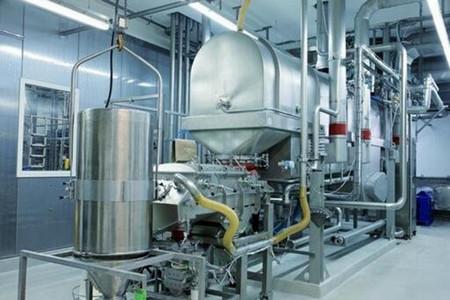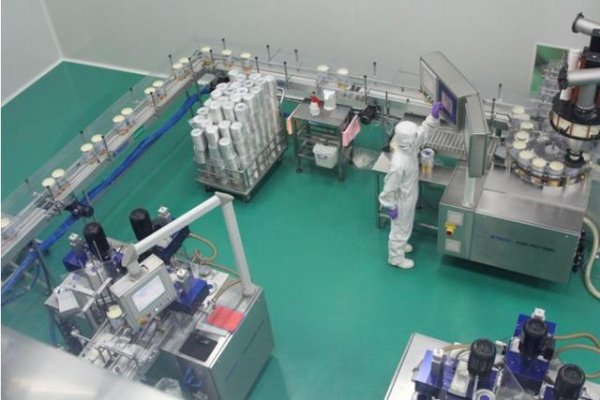There are three kinds of milk powder production processes in China: wet method, dry method and dry-wet combination method. The dry-wet mixing is between wet method and dry method. This paper mainly introduces wet process and dry process. 1. Wet process It is made by directly spraying fresh cow (sheep) milk into the nutrient components. It not only does not have intermediate links such as milk powder re-dissolving, but also uses multiple filtration processes to prevent potential safety hazards and fully ensure the balance of various nutrients. The wet process is more complicated and requires more equipment. The main equipment for the early treatment is the net milk machine, the homogenizer, preferably the sterilization machine, the concentration equipment, the drying equipment, the packaging equipment, and some ancillary equipment. Boiler, sewage treatment, etc. The wet process requires three conditions: 1. Must have a pasture; 2, must have milk; 3, must have a milk powder processing plant. The milk powder produced by the wet process is made of raw beef (sheep) milk as the raw material in the first time. The product has good homogeneity, stable physical and chemical indicators, and balanced nutrients. Various nutrients will be in the milk. A fully dissolved process can also reduce the secondary pollution of milk powder, which can ensure the freshness and nutritional value of the final product, but the use of “wet method†production is not all dairy companies can do, this is mainly The distance between the milk source and the production plant is determined, but with a single wet process, some heat sensitive nutrients are easily destroyed during the spray drying process. 2, dry process The dry process is to add the purchased large-package whey powder to the mixing tank, and put in the nutrients added by various solids. After fully stirring, the mixture is directly dispensed. The dry process is relatively simple, mainly mixers, packaging machines, etc. Dry process heat sensitive materials (such as heat-labile materials, which are prone to decomposition, polymerization, oxidation and other metamorphic reactions when heated) are easy to add. However, the uniformity of the products produced by the dry process is not as good as that of the wet process, and there are some differences in the taste of the taste compared with the milk powder produced by the wet process. The dry method has higher requirements on the workshop, and the GMP workshop is generally used. In order to ensure the safety during the production and processing of milk powder, the official website of the Food and Drug Administration issued the “Notice on the Relevant Work on the Production License Examination for the Production of Infant Formula Milk Powder Using Imported Base Powderâ€: Allowing enterprises to use imported base powder as raw material to produce infants. For infant formula milk powder, the company must produce according to the dry process specified in the “Infant Formula Milk Powder Production License Review Rules (2013 Edition)â€. It is strictly forbidden for enterprises to use imported large-package infant formula milk powder for production and distribution. This regulation is bound to increase the cost and investment of the company for milk powder manufacturers. Learn about the wet and dry processes of milk powder, as well as their strengths and weaknesses. So, what kind of process is used to distinguish the finished milk powder? Here to remind you, you can distinguish from the ingredients list of milk powder packaging: If the first item of the ingredient list is "raw cow (sheep) milk", "fresh milk" is the wet process; if it is "full fat milk powder "skimmed milk powder or skim milk powder, etc." is a dry process or a dry-wet mixing process. 3. Dry and wet composite process The dry-wet composite process refers to the simultaneous processing of fresh milk by dry mixing and wet mixing. The milk powder that can be produced by the wet mixing process is relatively close to the milk source, which can ensure that the fresh milk is powdered once and can quickly become the smallest package that can be sold. It reduces the pollution of the intermediate link, ensures the freshness of the milk powder, and directly mixes the nutrients into the fresh milk to make the nutrient mixture more uniform, while some heat-sensitive nutrients (vitamins, probiotics) are added in the dry mixing process to ensure its activity. . This process is superior to the wet mixing process or the dry mixing process alone. 
